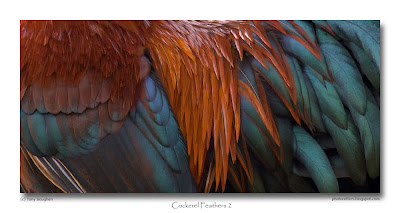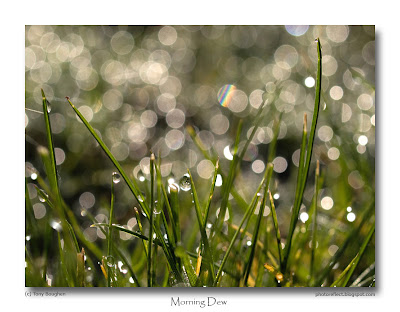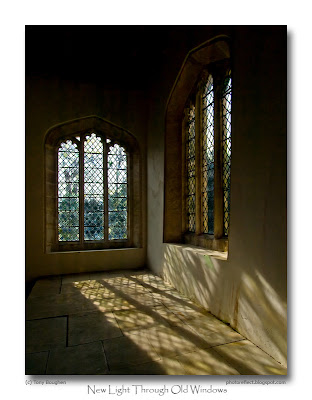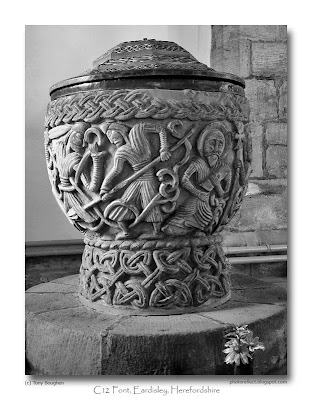 click photo to enlarge
click photo to enlargeOne of the things that visitors to medieval English churches admire is the
stonework of the interiors. Walls usually display cut stone with mortar joints, or in poorer areas, and particularly the north and west, rough stone similarly treated. But it wasn't always so: this "fashion" for stark stone walls on the inside of the building is a reflection of Victorian and later taste.
The interiors of English Romanesque and Gothic churches were always painted to a greater or lesser extent. Columns and capitals were embellished with paint. The stone walls were plastered and "instructive" scenes painted in terracotta with colourful highlights. These decorated the spandrels of the nave arcades, the spaces above the chancel and tower arches, and any other flat area that lent itself to the painters' art. Popular subjects were St Christopher, martyrdoms (St Sebastian, St Catherine, St Lucy, etc), the "Dance of Death", scenes from the Bible, and "Dooms" (depictions of the fires of Hell contrasted with the righteous being saved.) The Reformation led to a removal of images of all sorts, and many of these paintings were white-washed over, to be replaced in in the C17 and C18 by pieces of text on painted scrolls and cartouches. Some of these wall paintings have been uncovered (as at
Kempley and
Pickering) either in total or in part, and restored, but most are gone for ever.
However, at the same time that many Victorian churchmen and architects were scraping plaster off walls to reveal rustic stone, others were painting them, though not in the manner of earlier centuries, but after the fashion of Renaissance Italy. This was particularly true where completely new churches were erected, but also occurred when older churches were restored, as in the example above at Garton on the Wolds, East Yorkshire. This work dates from 1872 when the local landowner, Sir Tatton Sykes, engaged the architect, G. E. Street, to design a decorative scheme for the whole of the Romanesque and Gothic building - the walls, windows, floors and roof! The spirit-fresco wall designs were completed over the period 1873-6 by Clayton & Bell, a prolific firm who specialised in stained glass. Old Testament scenes and the prophets fill the nave, whilst the New Testament is the inspiration in the chancel. In 1972, in the first edition of
The Buildings of England - Yorkshire:
York and The East Riding, the author, Nikolaus Pevsner urged the preservation of the decaying paintings. This was acomplished in 1986-91, fittingly, by the Pevsner Memorial Trust. The result is magnificent, quite unique in England, and has to be seen.
My photograph was taken a few years ago. It shows the view down the nave towards the chancel (with my wife looking at the reredos designed by Street). I don't know what I did to the camera to make the lights have their ethereal glow, - it must have been a combination of a long exposure, tripod and settings - but I quite like it!
photograph & text (c) T. BoughenCamera: Olympus E300
Mode: Aperture Priority
Focal Length: 14mm (28mm/35mm equiv.)
F No: f8
Shutter Speed: 1.5 seconds
ISO: 100
Exposure Compensation: -1.0 EV
Image Stabilisation: N/A
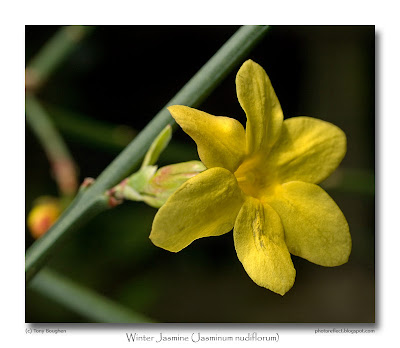 click photo to enlarge
click photo to enlarge




